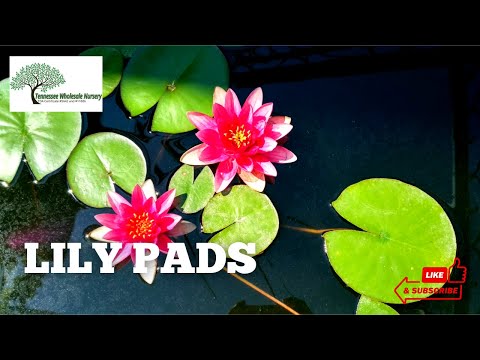Water Lily Plants For Sale
The Water Lily perennial is one of the most distinct and recognizable plants. It is widely known as an aquatic plant that floats perfectly on top of the water, adorning garden ponds and lakes with color. It can be found throughout the United States, Mexico, and Canada, but is particularly prevalent in the New England states.
The large flowers are solitary, just one per plant, and have a strong, pleasant fragrance that attracts helpful insects. The flowers visibly open their petals in the morning and close them at night, which has led to their significance as a symbol of rebirth and renewal.

Plant Details | Nymphaea odorata Specs & Growing Tips
Family: Nymphaeaceae
Light Requirement: Full sun, Part shade
Water Needs: Body of freshwater
Height: 6 inches
Spread: 6-12 inches
Growth Rate: Moderate
Bloom Time: June - September
Flower Color: Pink, Yellow, Purple, White
Wildlife Value: Frogs, Water quality
Unique Traits | Water Lily's Flowers, Leaves & Wildlife Role
The Lily Pad is an aquatic plant that grows from soil at the bottom of a freshwater body. The tissue of its stem and leaves is filled with air, giving it buoyancy to help it float. The stem is long and thin, while its leaves are large and circular except for a small triangular cutout where it meets the stem.
The leaves of this plant are coated in a waxy substance that repels water and also helps them float gently on top of the water. The petals are similarly waxy and overlap each other in a spiral. Their pointed ends and said spiral pattern give it its unique look, resembling a star. The flower is commonly found in pink or white, with a bright yellow center.
Landscape Uses & Maintenance Of Lily Pad
The presence of the Water Lily in an aquatic garden or small garden pond is much needed. It can improve water quality over time in its aquatic home and offers shelter for aquatic wildlife beneath the surface.
Water Lily also acts as a resting place for thirsty bees while frogs rest on its leaves, and its presence will help improve water quality over time. This special plant is a must-grow for any pond garden and will enhance your space with its aquatic blooms.

Exposure
Water lilies flourish in complete sun, needing at least 6 hours of natural sunlight daily to produce abundant blooms. They can tolerate partial shade but may flower less. Ensure they receive ample sunlight for optimal growth and vibrant blossoms.
Height at Maturity
Under 12"
Usage
Wetland Plant
Shipped As
Bare-root
Ships
USPS
Planting Zones
3-9





